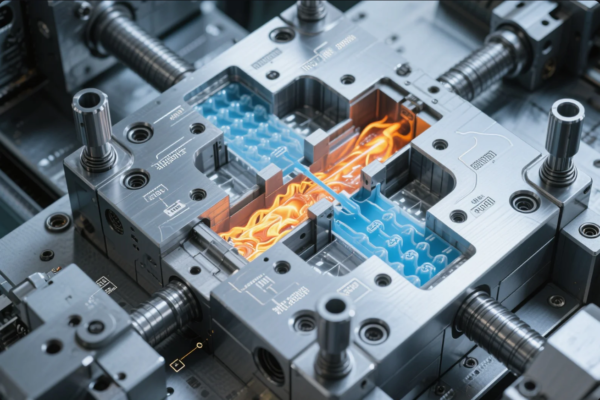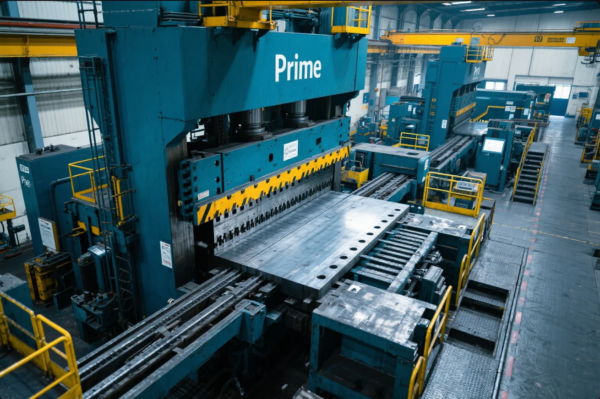Is Magnesium Alkaline or Acidic?
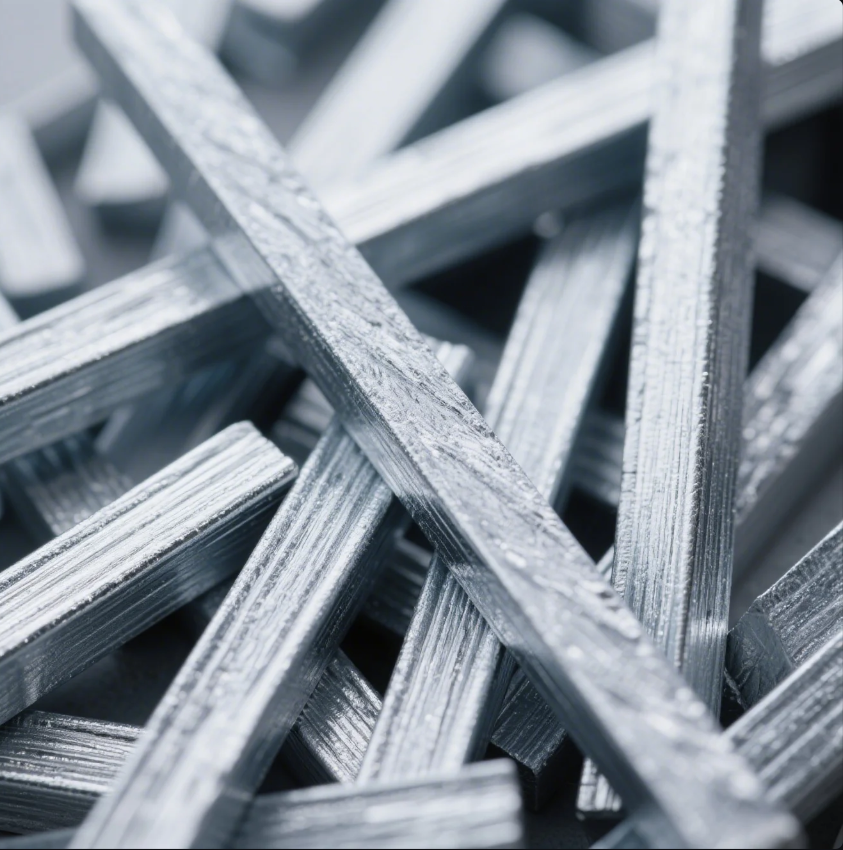
Magnesium may look like a neutral metal, but its chemical behavior says otherwise.
Magnesium is an alkaline earth metal and forms alkaline compounds that help neutralize acids.
Let’s explore what that means for health, chemistry, and industrial use.
Does magnesium alkalize your body?
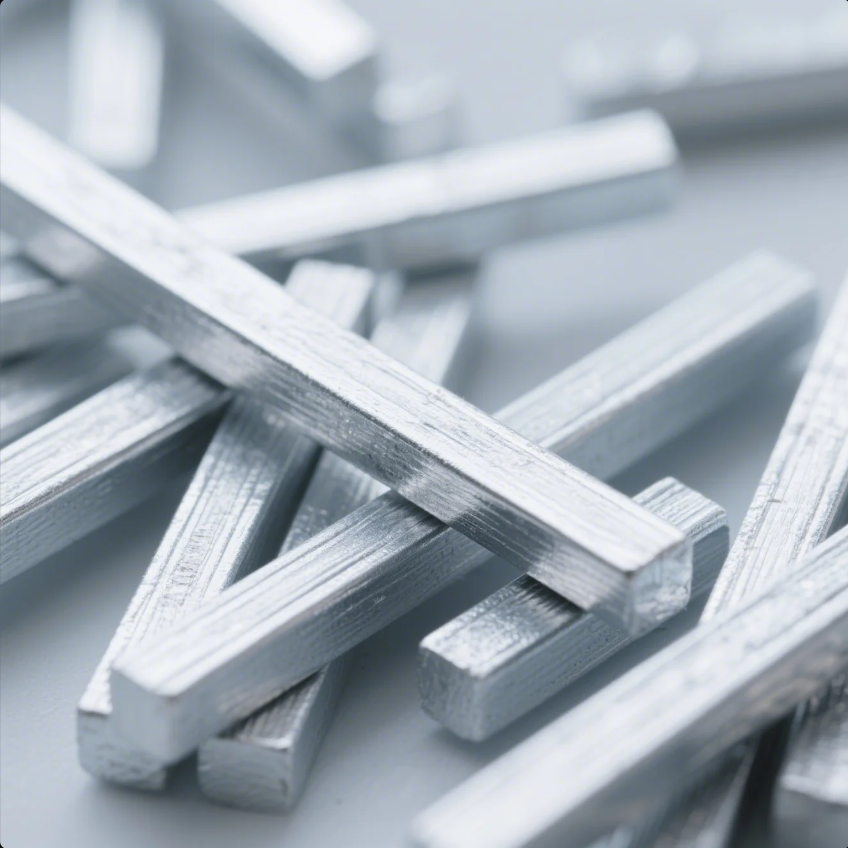
Some people take magnesium supplements to "balance" acidity — but does it work?
Yes, magnesium compounds can alkalize the body by neutralizing excess acids.
How it works:
- Magnesium combines with acids in the stomach or blood.
- This reaction creates neutral salts and water.
- The result is a reduction in overall acidity and better pH balance.
| Magnesium Compound | Effect on Body pH |
|---|---|
| Magnesium oxide (MgO) | Strongly alkalizing |
| Magnesium hydroxide (Mg(OH)₂) | Highly alkalizing |
| Magnesium citrate | Mildly alkalizing |
At Prime, although we specialize in CNC precision parts and metal fabrication, we value magnesium’s bio-safe properties when working on components for food, medical, and lab equipment.
Is magnesium an acid or an alkaline?
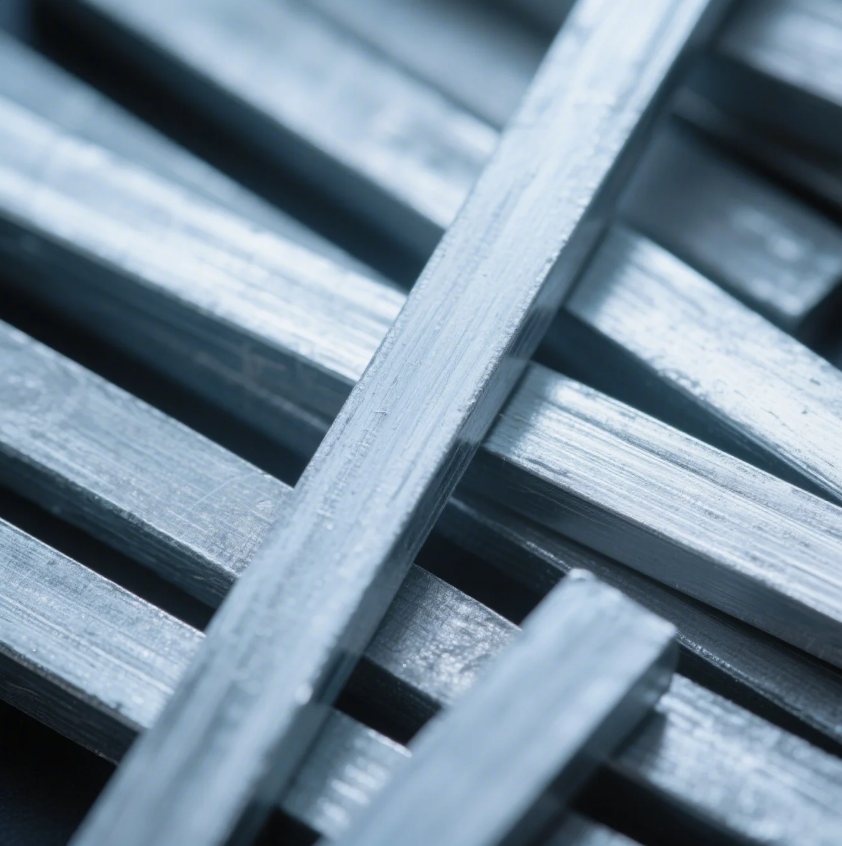
Magnesium feels neutral — so is it acidic or alkaline?
Magnesium is not an acid. It is an alkaline earth metal that forms basic (alkaline) compounds.
What makes it alkaline?
- It belongs to Group 2 of the periodic table — known as alkaline earth metals.
- When exposed to moisture or acids, magnesium forms hydroxides and oxides, both of which are basic in nature.
| Characteristic | Behavior of Magnesium |
|---|---|
| Reaction with acid | Produces salt + hydrogen gas |
| Reaction with base | No reaction |
| Metal classification | Alkaline earth metal |
In Prime's custom metal parts production, we consider these chemical traits when designing parts for chemical and environmental resistance.
What pH is magnesium?
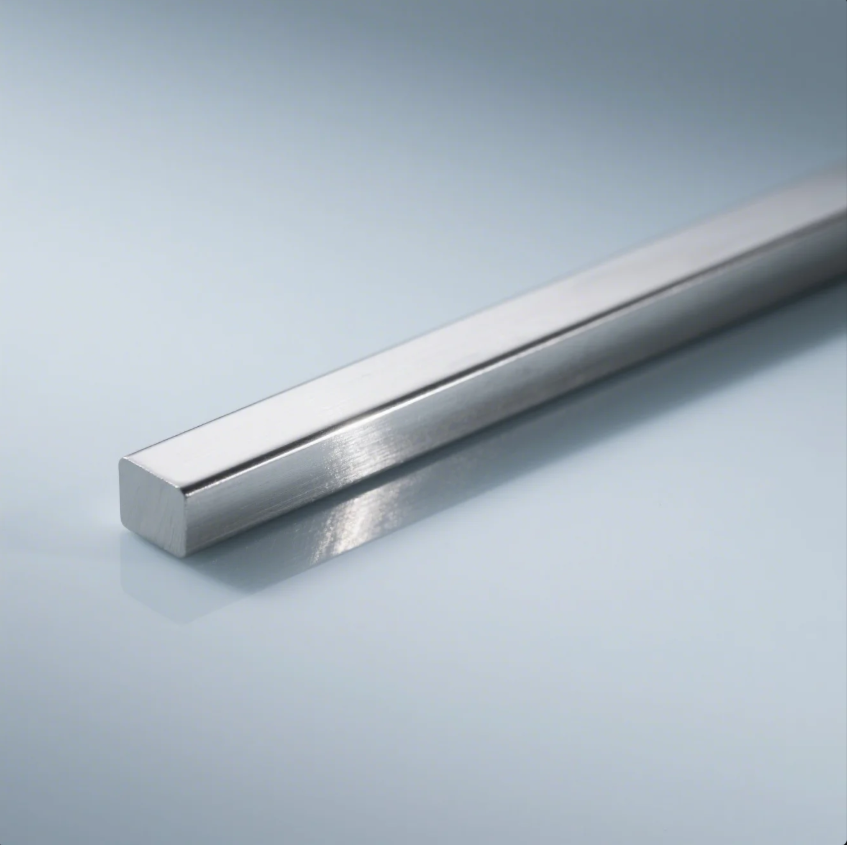
Does magnesium have a measurable pH value?
Pure magnesium metal has no pH itself, but its compounds in water are alkaline with a pH of 9–11.
Understanding magnesium and pH:
- Solid metals don’t have a pH unless they dissolve or react.
- When magnesium reacts with water, it forms magnesium hydroxide, a slightly soluble base.
- That solution has a basic pH, often above 10.
| Substance | Approximate pH |
|---|---|
| Pure magnesium metal (solid) | N/A |
| Magnesium hydroxide solution | ~10–11 |
| Magnesium oxide in water | ~9–10 |
At Prime, for clients in food-grade or medical sectors, we offer magnesium components with protective surface treatments to preserve pH stability and corrosion resistance under harsh conditions.
Why does magnesium turn into white powder?
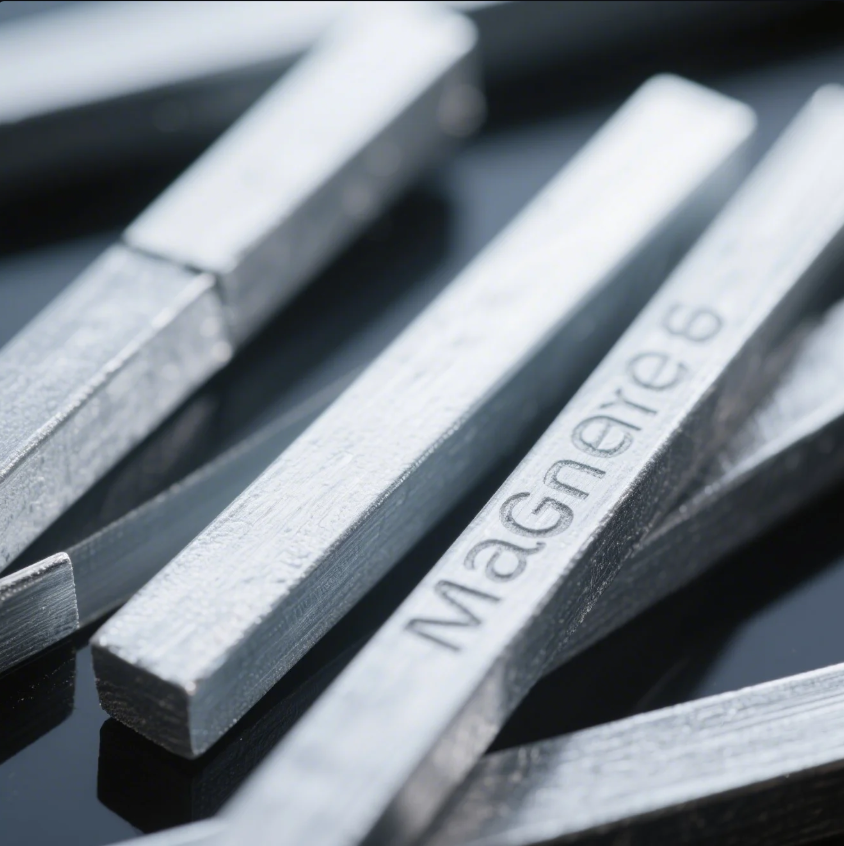
Magnesium often ends up as white dust after burning or oxidizing — but why?
The white powder is magnesium oxide (MgO), formed when magnesium reacts with oxygen.
What happens during this reaction:
- Magnesium combusts or slowly oxidizes when exposed to air.
- The reaction creates magnesium oxide, which appears as a fine white powder.
- This layer can be protective but may affect conductivity and surface bonding.
| Process | Final Product |
|---|---|
| Burning magnesium | White MgO powder |
| Long-term air exposure | Thin MgO coating |
| Reacting with steam | MgO + hydrogen gas |
At Prime, we apply anti-oxidation coatings and store magnesium components under controlled conditions. This prevents premature surface changes during production and export — especially important for clients in Europe, North America, and the Middle East.
Suggested visual:
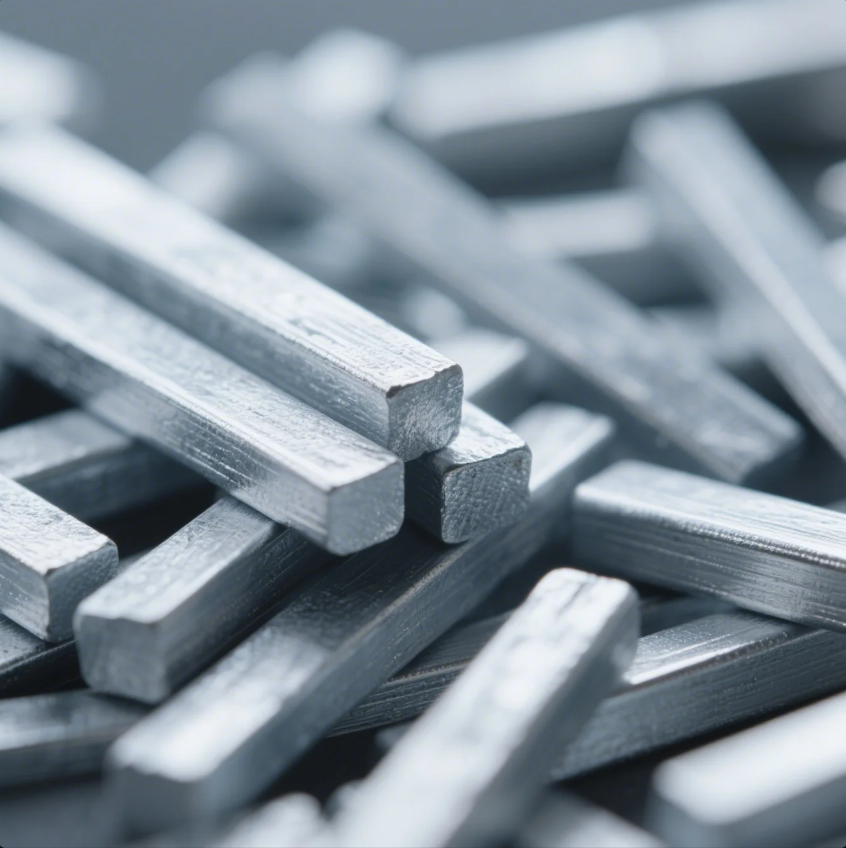
Prime’s magnesium parts after surface treatment — oxidation-free and precision-ready
Conclusion
Magnesium is alkaline, forming basic compounds like magnesium oxide that neutralize acid and appear as white powder after oxidation.
Looking for magnesium parts with consistent quality and chemical stability? Contact Prime today! We offer fast delivery, ISO-certified processing, and tailored OEM solutions — send us your inquiry now for a free quote and consultation!

